WHAT IS A DATA
GOVERNANCE?
Data Governance is the management of access, compliance, and risk mitigation associated with an organisation’s data. By governing the data, companies not only safeguard their valuable information, but have methodologies and leading practices in place to allow better decisions, retain customers, gain new business opportunities and comply with regulatory requirements.
Good Data Governance:
-
Ensures data quality;
-
Improves effectiveness of all downstream data operations;
-
Reduces overall system maintenance by capturing defects early;
-
Ensures immediate compliance with corporate and regulatory requirements;
-
Allows prompt feedback of errors; and
-
Eliminates proliferation of defective data.
HOW DOES DATA GOVERNANCE WORK?
The Pernix approach to Data Governance is:
-
Identify and define data owners and custodians;
-
Customise an organisational governance model including roles and responsibilities before implementing a new IT solution;
-
Create an operational business process model for managing data and the prescriptive guidance to implementation;
-
Establish data cleansing routines, which are based on data quality standards and the organization’s business rules; and
-
Provide recommendation for a IT landscape that supports corporate goals in a cost-effective manner.

COMMON INDICATORS OF POOR DATA GOVERNANCE
IT’S NOT THE TECHNOLOGY!
Analysis and reporting issues are most often data governance problems, not technology problems.
Many organisations are quick to blame their tools or technology when there is confusion about the meaning of Web analytics data or lack of clarity in reports.
Typically, the tools and reports have not been configured to clarify what various metrics mean, how they align to specific goals, or where they may vary from data provided by different systems. Companies end up ripping and replacing perfectly good systems before doing the necessary governance work to ensure they work properly.
WHAT DID YOU MEAN?
A central role of data governance is to ensure that metrics are defined consistently across the organisation. So when managers or analysts talk about “conversion rates” or “unique visitors,” everyone else knows precisely what they’re talking about.
Without clearly documented standards around metrics, decisions may be made around false assumptions. Obviously, communication and reporting suffer in such situations, an especially important consideration in environments with multiple analytics tools.
THAT’S AS CLEAR AS MUD!
Too many Web analytics veterans know the nightmares that come with trying to explain or reconcile conflicting data sets to skeptical executives, and the headaches and second-guessing that occurs when there is less than 100% confidence in analytics data.
Truly effective data governance helps eliminate those headaches by clarifying what metrics mean, which are the most important, how internal numbers relate to outside ratings and why there may be gaps. More clarity means more confidence in decisions and more peaceful nights for everyone.
DOES ANYONE KNOW WHICH DIRECTION WE ARE HEADED?
Data governance guides all other analytics activities.
Just as contractors would never build a house without clear blueprints, analytics teams need data governance to guide and structure their most important activities. In this sense, data governance informs everything from analytics software implementation to page tagging to report design.
Specifically, it ensures that your data capture mechanisms are set up to capture what you need to capture. It may also outline who is responsible for which Web analytics tasks or data. Perhaps most importantly, data governance can help ensure that there is clear alignment between Web analytics tactics and big-picture strategic goals.
WHERE’S THE WATCHDOG?
With more legal and financial reporting ramifications for online businesses, effective governance models can ensure all of your online operations follow relevant privacy policies, data security guidelines and consumer information regulations, especially around cookie usage.
HAVE WE LEARNT NOTHING?
Change management is an approach to transitioning individuals, teams, and organisations to a desired future state. Pernix will help in a structured approach ensuring that changes are thoroughly and smoothly implemented, and that the lasting benefits of change are achieved.
